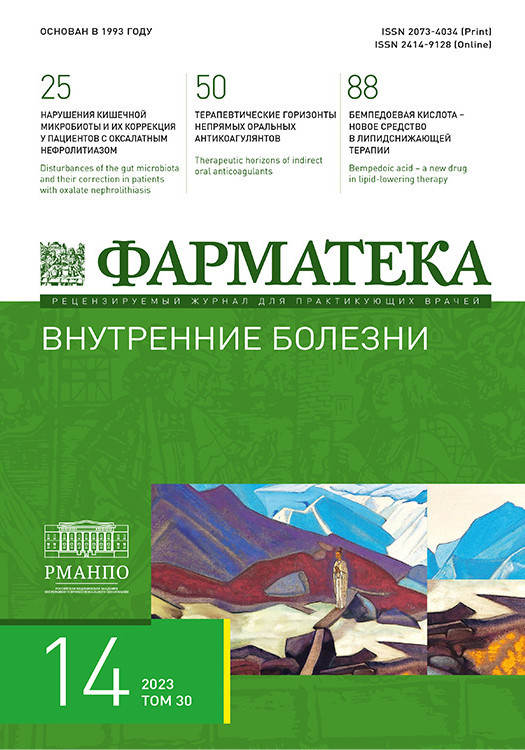Upper gastrointestinal involvement in Crohn’s disease
Manifestations of inflammatory bowel disease in the upper gastrointestinal tract are often hidden behind the classic symptoms of ileal and colon lesions and are observed in only 0.5–4% of adult patients. However, due to the improvement of endoscopic methods and the more frequent use of esophagogastroduodenoscopy with biopsy, both asymptomatic and clinically significant manifestations of the esophageal, gastric and duodenal lesions are increasingly being detected. The diagnosis of inflammatory bowel disease affecting the upper gastrointestinal tract should ideally be based on a combination of clinical history, endoscopic and histological findings. Although endoscopic changes such as aphthoid or longitudinal ulcers and a bamboo-joint-like appearance are suggestive of Crohn’s disease, histologic examination increases the sensitivity of the diagnosis because histologic changes may be present in endoscopically normal mucosa. Conversely, in many cases the histological findings are nonspecific and knowledge of the clinical history is essential to making an accurate diagnosis. This article discusses the most important clinical, endoscopic and histological features of Crohn’s disease affecting the esophagus, stomach and duodenum.Yu.P. Uspensky, Z.Kh. Gulunov
Keywords
inflammatory bowel disease
Crohn’s disease
esophagus
stomach
duodenum



